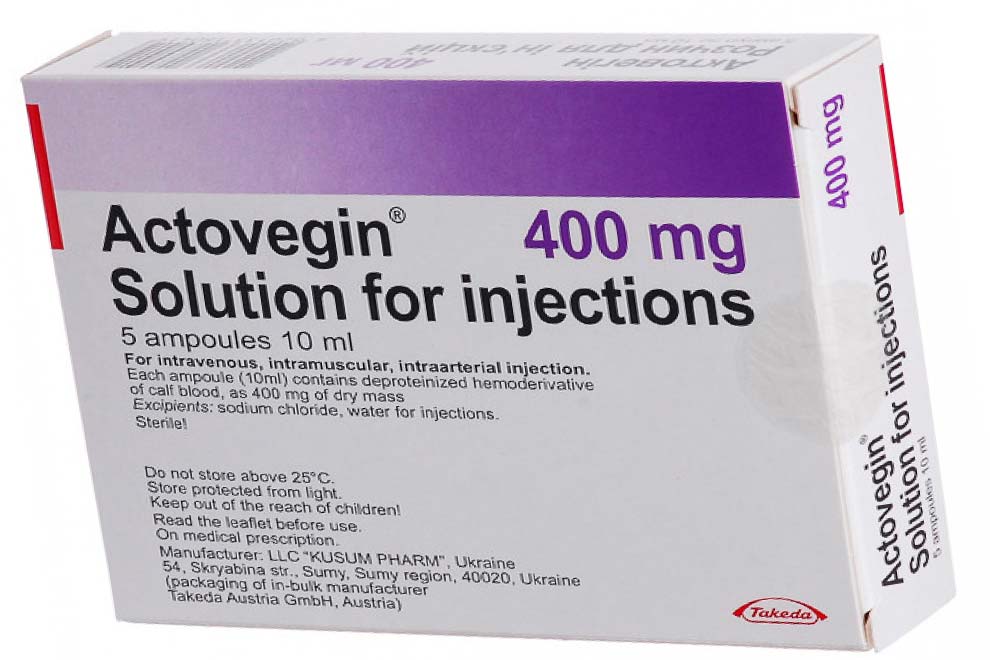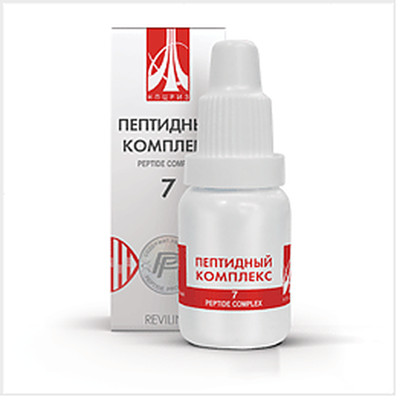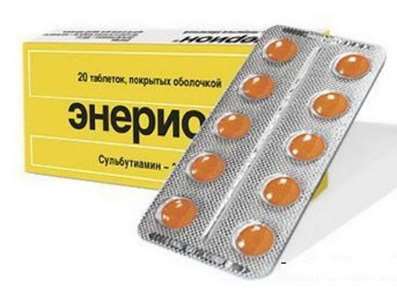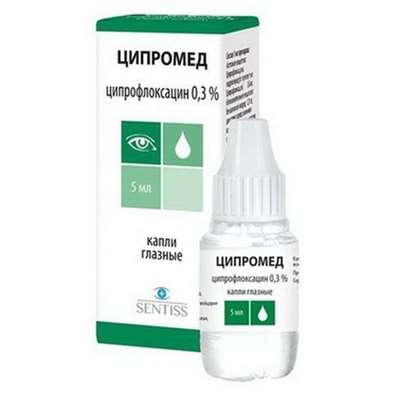Instruction to Actovegin. Indications for use. Prevention and treatment
19 Jul 2018
What is Actovegin?
Actovegin is a deproteinized drug from the blood of young calves.
It includes low molecular weight peptides and amino acid derivatives.
ÀÒC (Anatomico-Therapeutically-Chemical) classification system (international system of classification of medicines): (B06AB) Blood preparations other

Composition and form of release
Actovegin exists today in the form of tablets, a solution for intramuscular and intravenous infusion, in the form of a gel, ointment, cream.
Tablets (round form) Actovegin: 200 mg of the drug.
A solution of Actovegin for injections
1ml contains 40 mg of the drug in sterile water.
10% (20%) solution for infusion. 250 ml contains 25 ml (50 ml) of the preparation (corresponding to 1 g and 2 g of dry weight) in sterile water. Excipient: sodium chloride.
10% solution for infusion with glucose. 250 ml contains 25 ml of the preparation in sterile water (corresponding to 1 mg of dry weight). Excipient: glucose anhydride.
Actovegin 5% ointment. 1g ointment consists of a drug equal to 2 mg of dry weight.
Excipients: preservatives propyl parahydroxybenzoate and methyl parahydroxybenzoate.
Actovegin 5% cream. 1 g of cream consists of a preparation equal to 2 mg of dry weight. Excipient: preservative benzalkonium chloride.
Actovegin 20% gel (often talk about "jelly"). 1 g of gel consists of a preparation equal to 8 mg of dry weight. Excipients: preservatives methyl parahydroxybenzoate and propyl parahydroxybenzoate.
Actovegin 20% eye gel. 1 g of the eye gel consists of a preparation corresponding to 8 mg of dry weight (in sterile water). Excipients: sorbitol, thiomersal sodium carboxymethylcellulose.
Pharmacological action of Actovegin
Regardless of the state of the body, Actovegin promotes positive changes in energy processes in tissue cells: the accumulation of oxygen and glucose increases. Transportation of oxygen and glucose to the cell is increasing, intracellular utilization is increasing. This process accelerates the metabolism of adenosine triphosphate, which increases the energy processes of anabolism and metabolism. The result is increased blood supply.
To date, there is no evidence of a decrease in the pharmacological effect in patients with renal or hepatic insufficiency, in patients with advanced age or newborns.
Indications for use of Actovegin / instruction
- Violations (vascular and metabolic) of the brain (stroke, craniocerebral injury, encephalopathy).
- Peripheral vascular changes (violations of the venous and arterial blood circulation), as well as the consequences of these disorders (diabetic, arterial angiopathy, trophic ulcers, caused by such serious diseases as venous insufficiency and concomitant thrombophlebitis, obliterating endarteritis).
- Wounds (sores and burns of different origin, bedsores, damage to the conjunctiva and cornea, in preparation for skin transplantation).
- Treatment (as well as prevention) of complications, in oncology, as a result of radiation therapy (lesions of mucous membranes, skin and nervous tissue).
Actovegin - Dosing and Administration / Instruction
The clinical picture, the severity of the disease dictate the way the doctor uses and the dose for treating a particular disease.
Parenteral / Instruction:
Actovegin for injection. Initially, prescribe 5-20 ml per day in / in or in / a. Then continue treatment iv or intramuscularly by administering 2-5 ml of Actovegin 1x a day or several times a week.
A solution of Actovegin for injections is acceptable to combine with sodium chloride solution, as well as with 5% glucose solution!
Actovegin for infusion. 250 ml per day in / in or / a (or a week several times). The initial dose of the solution of Actovegin is allowed up to 500 ml. The rate is 2 ml / min.
Assign 10-20 infusions per course of treatment.
No other medications can be added to the infusion solution !!!
Oral / Instruction: 3 r. per day for 2 tablets of Actovegin. Take before meals with a small amount of water.
Locally / Instruction: Ointment, cream, gel Actovegin.
To accelerate epithelization after therapeutic treatment, the ointment of Actovegin is applied a thin layer on the skin.
As a means of preventing decubitus, ointment is applied to the corresponding area of the skin.
As a means of preventing radiation damage to the skin, it is necessary to apply Actovegin ointment after irradiation or in between sessions.
Cream Actovegin / instruction - used to heal simple wounds and wounds with secretions. Use Actovegin cream as after treatment with Actovegin gel, and for the prevention of decubitus and radiation damage to the skin.
Gel (jelly) Actovegin / instruction - used for treatment, cleansing of open ulcers, wounds.
Burns and radiation damage: the gel is applied in a thin layer.
Ulcers: the gel is applied in a thick layer, on top of which put a compress with 5% ointment Actovegin. The bandage is changed 1x a day. If the ulcers become very wet, then the bandage is changed several times a day.
Eye gel / instructions. 1 drop is squeezed directly into the affected eye several times a day.
Actovegin Contraindications
Individual intolerance of Actovegin or drugs of this group, as well as cardiac decompensated failure, pulmonary edema, oliguria, anuria.
Actovegin Side effects
Actovegin is usually well tolerated by patients.
The cases of individual intolerance to Actovegin are quite rare and are limited to a minor allergy, which is treated with antihistamines. Therefore, if the attending physician prescribes treatment with the drug Actovegin, you can apply it without fear.
Actovegin Overdose
Cases of an overdose of Actovegin are unknown.
The use of Actovegin during pregnancy and lactation
The use of Actovegin is possible under the supervision of the attending physician.
In case of risk of miscarriage (from the sixteenth to the twenty-fourth week) Actovegin is used in complex treatment to prevent hypoxic damage to the fetal organs (due to lack of oxygen).
Apply Actovegin during pregnancy and for such indications as systemic diseases and insulin-dependent diabetes mellitus, which have been abortions in women in the past and the threat of abortion in the present, with placental insufficiency.
Actovegin for Children
It is undesirable to prescribe Actovegin to children. But in medical practice, in very severe cases, Actovegin is used in the complex treatment of children. At the same time, all possible risks must be evaluated.
Atovegin’s Compatibility
Actovegin is compatible with a variety of drugs.
The ability to influence the reaction speed when driving or working with other machinery:
does not affect.
Shelf life:
3 years or 5 years (read the instructions on the packaging). Do not use after the expiration date.
Storage conditions:
Tablets should be stored at room temperature (18 ° C-25 ° C), out of the reach of children.
Solutions for injection / infusion - in a place protected from light and inaccessible to children (at a temperature of no higher than 25 °): open the ampoule - do not store in the refrigerator, use the drug immediately after opening the ampoule.

 Cart
Cart





